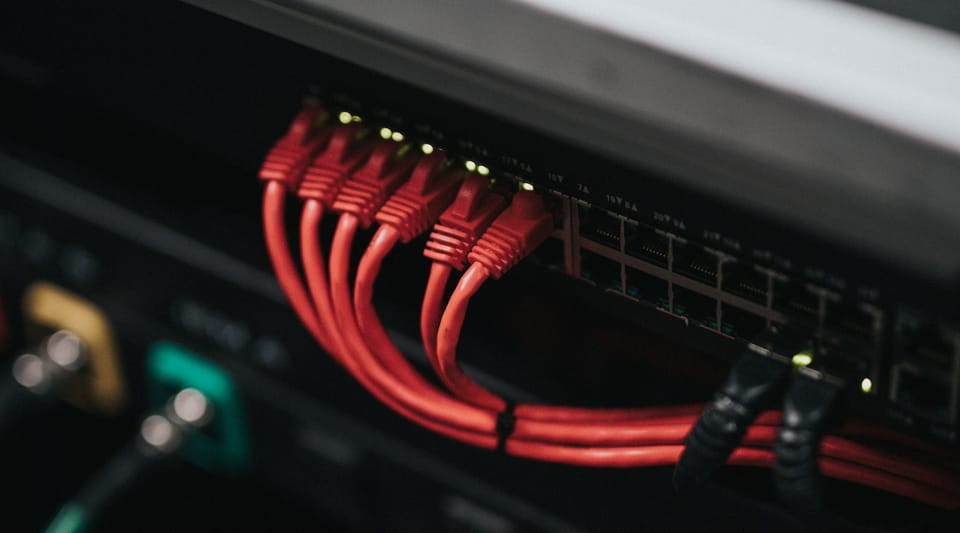CISCO Packet Tracer #FreeShit

This post is part of my series of posts about free IT resources.
Cisco Packet Tracer is a network simulation tool developed by Cisco Systems that allows users to create and simulate computer networks. It is a popular tool for teaching and learning networking concepts, and it is also used by network professionals to test and troubleshoot networks.
Features of Cisco Packet Tracer:
- Create and simulate complex networks: Packet Tracer allows you to create and simulate networks of any size, with a wide variety of devices and configurations. This makes it a great tool for learning about different networking technologies and protocols.
- Visualize network traffic: Packet Tracer allows you to visualize network traffic in real time, which can help you to understand how data flows through your network. This can be a valuable tool for troubleshooting network problems.
- Automate network tasks: Packet Tracer supports a variety of automation features, such as scripts and macros. This allows you to automate tasks such as configuring devices and troubleshooting network problems.
- Leverage the power of Cisco APIs: Packet Tracer integrates with Cisco APIs, which allows you to control and monitor real-world Cisco devices from within Packet Tracer. This can be a valuable tool for testing and troubleshooting Cisco networks.
How to Use Cisco Packet Tracer:
1. Download and Install Packet Tracer:
The first step is to download and install Packet Tracer. You can download Packet Tracer from the Cisco website. Once you have downloaded the software, you can install it on your computer. https://www.netacad.com/courses/packet-tracer
2. Create a New Network:
Once you have installed Packet Tracer, you can create a new network. To do this, click on the "File" menu and select "New." You will then be prompted to select a template for your network. Packet Tracer includes a variety of templates, including templates for common network topologies such as LANs, WANs, and WLANs.
3. Add Devices to Your Network:
Once you have selected a template, you can add devices to your network. To do this, drag and drop devices from the library onto the workspace. Packet Tracer includes a variety of devices, including routers, switches, hosts, and firewalls.
4. Configure Devices:
Once you have added devices to your network, you can configure them. To do this, double-click on a device and then click on the "Configuration" tab. You can then configure the device's settings, such as its IP address, subnet mask, and gateway.
5. Simulate Network Traffic:
Once you have configured your devices, you can simulate network traffic. To do this, drag and drop packets from the library onto the network workspace. You can then configure the packets' settings, such as their source and destination addresses, and the data they carry.
6. Analyze Network Traffic:
Once you have simulated network traffic, you can analyze the traffic. To do this, use the Packet Tracer traceroute tool to trace the path of packets through your network. You can also use the Packet Tracer ping tool to test the connectivity between devices.
7. Troubleshoot Network Problems:
Packet Tracer can be a valuable tool for troubleshooting network problems. If you are having problems with your network, you can use Packet Tracer to simulate the problem and identify the source of the problem.
8. Learn About Networking Concepts:
Packet Tracer is a great tool for learning about networking concepts. You can use Packet Tracer to experiment with different networking technologies and protocols and to see how they work in practice.
Member discussion